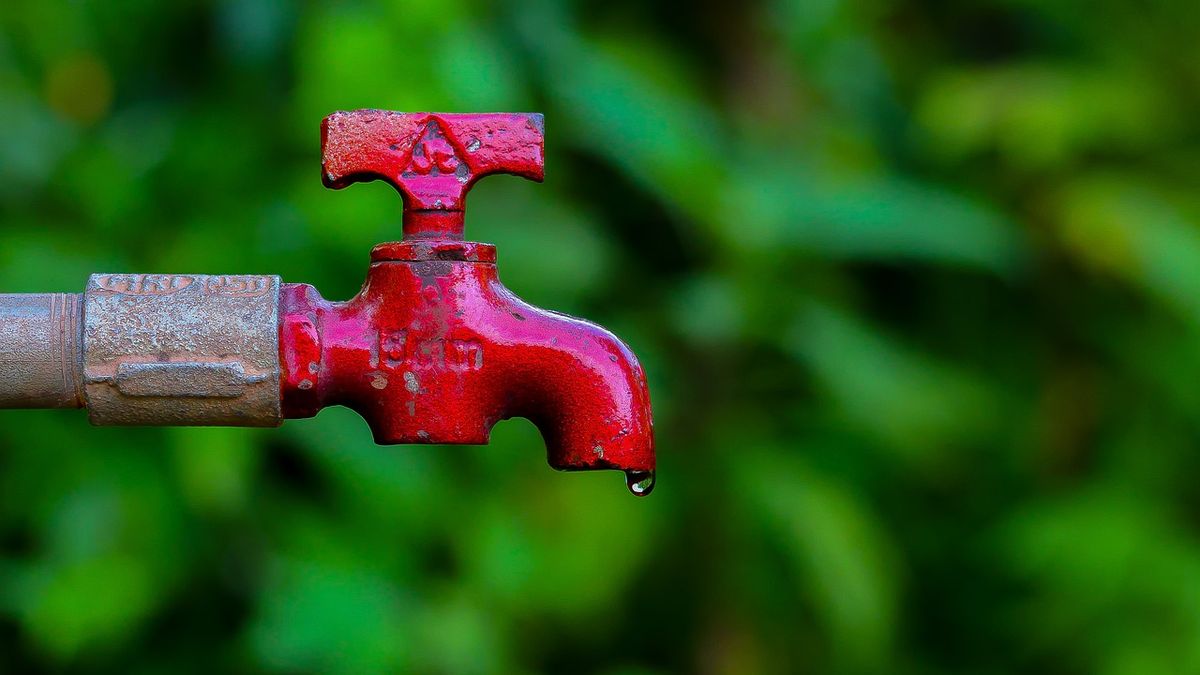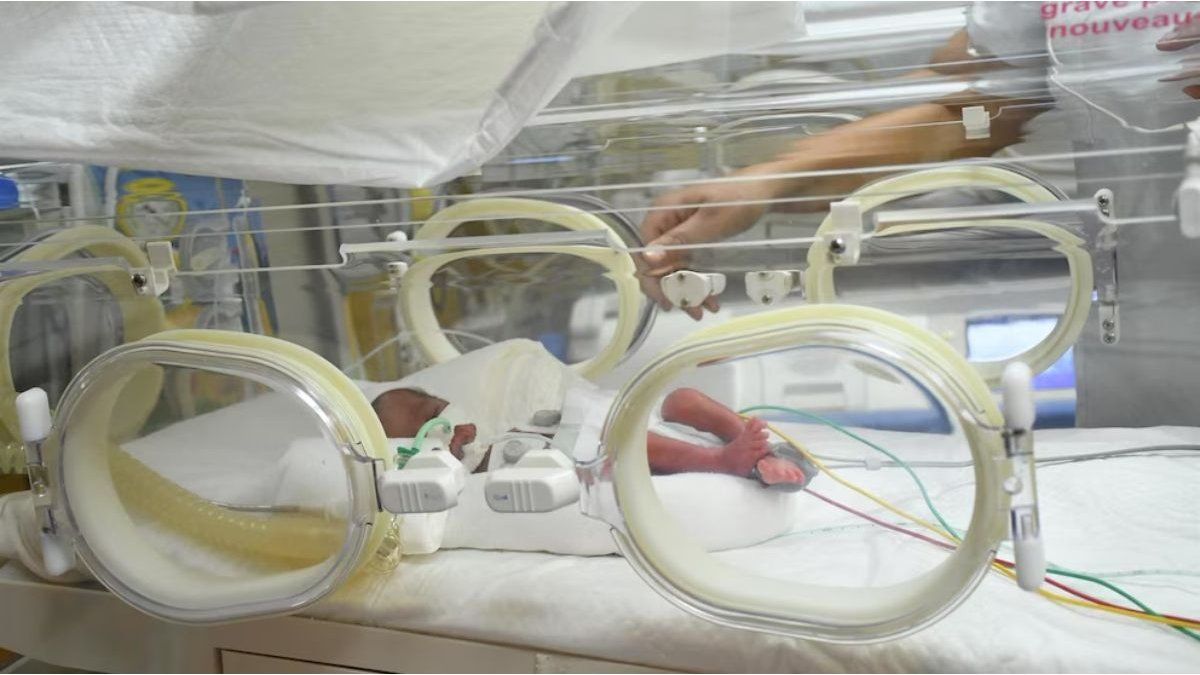The metropolitan area of Uruguay The hours of drinking water supply are numbered until the most critical moment of the water crisis which has already become a water emergency. Meanwhile, the reserves in Severine Pass they continue to fall and the rains are not coming anytime soon.
The outlook for Montevideo, Cannelloni and Saint Joseph It’s desolating: tomorrow is the deadline for drinking water reserves that remain for the metropolitan area and, without having had major changes in the level of water accumulation in the Saint Lucia basinWith a little luck, that dreaded moment can be extended for a few more hours.
In parallel, the reservoir of the Paso Severino dam, the main freshwater reserve to supply the departments affected by the worst of the water deficit, continues to drop new record lows. Far from improving, the situation continues to worsen: as of June 21, the reservoir had 2,753,795 cubic meters of a total capacity of 67 million. This means only 4.11% of current reservations.
This fall has been taking place for weeks, increasingly faster. It is enough to remember that on June 14 the reservoir had 5.6% of its capacity, while on June 9, the reserves were 6.5%. The scarce rains were far from recovering the reserves to more usual levels, to the point that, almost 9 days ago, the countdown began for a new critical point: the depletion of drinking water reserves for the metropolitan area of the country.
The rains, a consolation that does not arrive
Tomorrow, hours more, hours less, the water would run out for Montevideo and its surroundings. Meanwhile, the director of Meteorology of the Uruguayan Institute of Meteorology (Inumet), Nestor Santayana, shared a not very encouraging forecast: “significant rainfall accumulations are not projected for the southwestern and southern basins of the country during the rest of June and the first days of July.”
In short, the water deficit situation in these areas will not only not improve but will its severity will increase at a time when we are already on the verge of extreme crisis.
embed
Basins of the Río de la Plata and Santa Lucía: although some rains and sparse drizzles are expected, no significant cumulative events are anticipated during the rest of June and the first days of July. Report update Monday 6/26
More info: https://t.co/QVbpVrZNZr pic.twitter.com/lFU0FYaUKM
– Inumet (@MeteorologiaUy) June 21, 2023
For its part, Inumet also published its forecast for the basins of the Silver river and Saint Lucia. For the next 14 days, the institute indicated that “some members of the numerical models used maintain medium confidence in relation to the passage of an atmospheric disturbance (over the Santa Lucía Basin) between June 26 and 27, but the values of precipitation will be less than 5 mm”.
In relation to the Río de la Plata Basin, the same forecast is maintained, only that rainfall is expected to be less than 5 mm in the west of the basin and between 5 and 10 mm in the east.
That is, heThe rains that occur will not reach a significant accumulated that manages to tip the balance towards a scenario of greater tranquility in terms of water for the metropolitan area. And within the forecasts that cover until July 4, Inumet does not foresee “a new significant precipitation event” so far.
Meanwhile, Parliament approved the VAT exemption for bottled water in the departments affected by the water emergency while it lasts, in order to maintain the prices of the resource that has become essential due to the increase in salinity in the water distributed by OSE. In turn, the state company obtained approval to once again increase the levels of sodium and chlorides in the supply to the metropolitan area.
Source: Ambito




